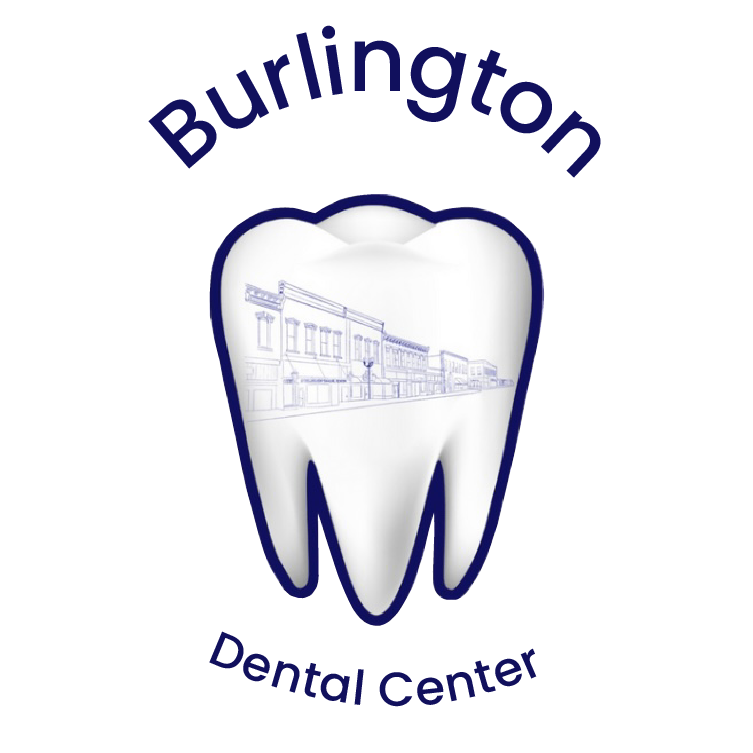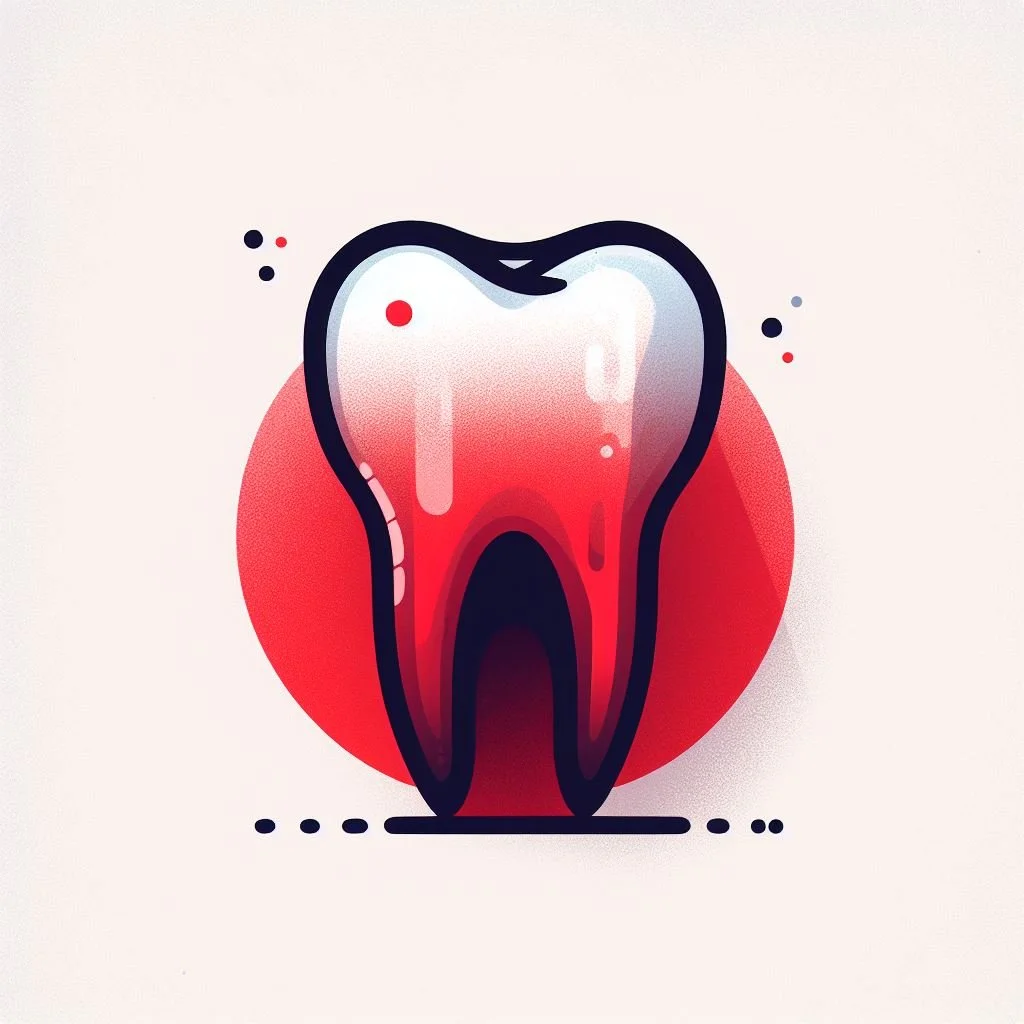Dental crowns (sometimes called “caps”) serve as a protective cover for weakened or damaged teeth, helping to restore their function and appearance. While they're a common solution in restorative dentistry, it's not uncommon for some patients to experience a throbbing discomfort following the procedure.
Let's dive into why this happens and explore some remedies.
Possible Reasons for Throbbing Pain Under Crown
High Crown Placement: If a crown sits higher than the surrounding teeth, it can bear the brunt of biting forces, leading to a throbbing pain. When a crown is fabricated in a lab, it is very common for the biting surface to be “too high” by 0.1 - 0.5 mm. If the crown is not adequately reduced before cementation, the tooth will hit too heavily during chewing — leading to bruising and discomfort which can be moderate to severe.
Tooth Nerve Irritation: During the process of preparing a tooth for its crown, especially if it was previously decayed or damaged, the nerve inside might become irritated. Oftentimes this pulpitis (inflammation of the nerve) is short-term and resolves on its own. In roughly 9% of cases, however, the nerve will die and require a root canal. If the tooth is badly damaged and broken down, the number may be 13% or even higher.
Improper Bite Alignment: A crown that doesn't fit seamlessly can throw off your bite, resulting in pain each time your teeth come together.
Gum Trauma: The gum tissue, sensitive as it is, might suffer from some inflammation or minor injuries during the crown placement. In the vast majority of cases, this is a temporary discomfort that will resolve within days or weeks. In rare cases, the edges (“margins”) of the crown may cause long-lasting gum discomfort which can only be fixed by replacing the crown. This is most common with upper molar teeth, but can happen with any tooth.
Infection Under the Crown: Occasionally, bacteria might find its way underneath the crown, setting the stage for an infection. This can result from either a poor-fitting crown, or cavities forming around the margins of the crown. In either case, the tooth will require a root canal to eliminate the infection. Because it is challenging to perform a root canal on a tooth without damaging the crown, this procedure may be done by an endodontic specialist.
Receding Gums: Over time, gums might recede, revealing the base of the crown and part of the tooth root. This exposure can lead to increased sensitivity and discomfort. In most cases, this sensitivity is uncomfortable but not extremely painful.
Nighttime Tooth Grinding (Bruxism): Unconscious grinding or clenching during sleep can apply significant pressure on a freshly crowned tooth, triggering pain. This often is related to a heavy bite on the crown, so adjustments to the crown may provide some relief. In other cases, a nightguard will be needed in order to prevent the grinding from damaging teeth.
Solutions & Fixes
Adjusting the Crown: A simple adjustment to the crown by your dentist can often alleviate discomfort stemming from its height. Sometimes the difference of <0.1 mm can provide tremendous relief.
Root Canal Therapy: If the nerve inside the tooth is either dying or severely irritated, a root canal procedure might be the recommended route. As mentioned above, this procedure may be done by an endodontist in order to complete the root canal without damaging the crown.
Bite Realignment: In cases where the crown has disrupted the natural bite, your dentist can make necessary adjustments to restore harmony.
Proper Oral Hygiene: Always prioritize oral hygiene. Regular brushing, flossing, and check-ups can fend off infections and reduce the chances of gum inflammation. It also greatly reduces the chance of “recurrent decay,” which is the name for cavities that form around the edges of a crown.
Antibiotics and Treatment for Infection: If an infection is identified, a course of antibiotics will likely be prescribed. In some scenarios, the crown might be temporarily removed to address the underlying issue. Note that antibiotics are a temporary, rather than long-term, solution. In order to clear the infection, a root canal will be needed.
Gum Treatments: Treatments like gum grafting or scaling and root planing can be beneficial for inflamed and/or receding gums, restoring health and comfort.
Mouth Guards for Bruxism: If nighttime grinding is the root cause of your pain, consider getting a custom-fitted mouth guard. It can significantly reduce the stress on your crowned tooth and other teeth as well. There are over-the-counter mouth guard kits available — while they don’t fit quite as well, going this route can save a substantial amount of money.
When to Seek Immediate Dental Attention
Sensitivity in the first few weeks after a crown is normal. Sore gums for a few days after a crown preparation are common, also. But while some post-procedure discomfort is expected, be vigilant about any prolonged or severe pain.
Signs that you should see your dentist without delay include:
Sharp, acute pain
Significant swelling
Fever
Any discharge like pus from around the crowned tooth.
These could be symptoms of more serious complications.
Final Thoughts
Understanding the potential causes of post-procedural pain and their respective remedies can help patients navigate the healing phase more comfortably. Always remember: if in doubt, reach out to your dentist. Keeping an open line of communication ensures you receive timely care and guidance, promoting a smoother, pain-free transition to life with your dental crown.
FAQs
Is it normal to have throbbing pain after a crown?
It's not uncommon for patients to experience some discomfort or sensitivity after getting a dental crown. The process involves altering the tooth structure, which can irritate the surrounding tissues and the nerve inside the tooth. However, persistent throbbing pain isn't typical and might indicate an underlying issue like high crown placement, nerve irritation, or an infection.
How long should your tooth hurt after a crown?
Mild sensitivity or discomfort can last for a few days to a week after the crown placement, especially when consuming hot or cold foods. This is normal as the tooth and surrounding tissues are inflamed and also adjusting to the new crown. However, if the pain persists beyond two weeks or seems to be intensifying, it's essential to consult your dentist to check for potential issues.
Why does my tooth hurt worse after a crown?
If your tooth hurts more after getting a crown, there could be several reasons:
Improper Fit: The crown might not fit properly, leading to bite misalignment.
Nerve Irritation: The preparation process could have irritated the tooth's nerve, especially if there was significant decay or damage prior.
Infection: Sometimes, bacteria might infiltrate beneath the crown, leading to an infection.
Receding Gums: The gums might have receded slightly after the procedure, exposing more of the tooth or root surface.
Bruxism: Nighttime grinding can exacerbate pain on a freshly crowned tooth. Always consult your dentist if the pain is acute or prolonged.
How do you know if your tooth is infected after a crown?
Signs that your tooth might be infected after receiving a crown include:
Persistent Pain: Continuous throbbing or sharp pain that doesn't subside with over-the-counter pain relievers.
Swelling: Noticeable swelling around the tooth or in the nearby gum areas.
Fever: An elevated body temperature can indicate an infection.
Bad Taste or Odor: A persistent bad taste in the mouth or foul odor might be due to an infection.
Pus Discharge: Any pus or discharge around the crowned tooth is a clear sign of infection.
Sensitivity: Increased sensitivity to hot, cold, or sweet substances. If you notice any of these symptoms, it's crucial to seek dental care promptly.
* Though the author of this post is a licensed dentist in the state of Kansas, this information is provided for informational and educational purposes only. Please use your best judgment and contact emergency medical services in the event of an emergency.



